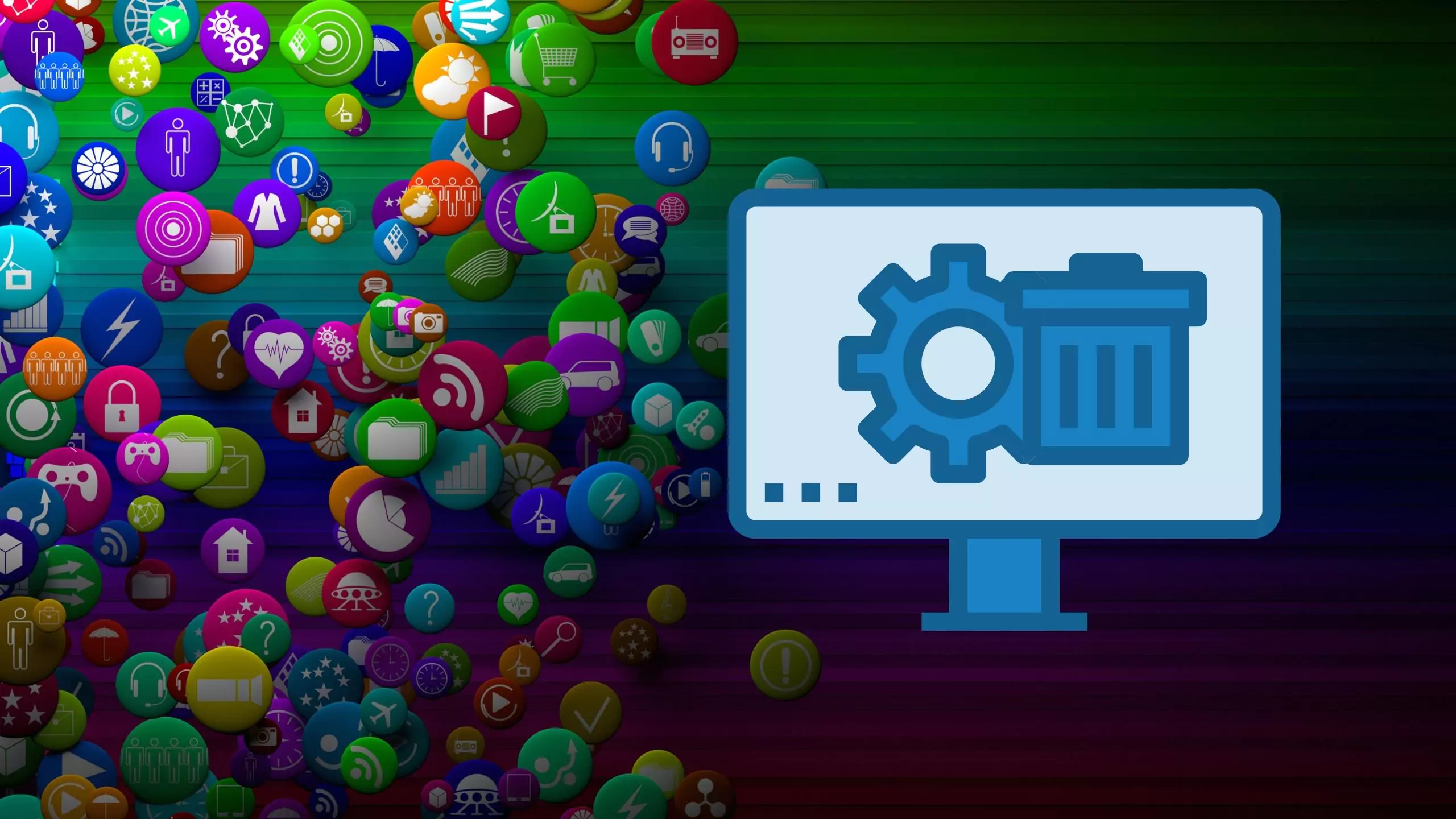
I’ve always loved how clean and fast my MacBook Pro feels — but over time, unused apps start piling up like digital clutter. When I upgraded to macOS 26 Tahoe, things got even messier. Some old apps broke, others slowed things down, and I knew it was time for a proper clean-out.
The thing is, just dragging apps to Trash isn’t enough. Many leave behind hidden files, caches, and settings that keep hogging space. Here’s exactly how I fully uninstall apps on my Mac — step by step — so they’re gone for good.
1. Uninstall from the Applications Folder
This is the classic method and works for most simple apps:
- Open Finder → Applications
- Drag the app icon straight into Trash
- Right-click Trash and select Empty Trash
It’s quick and easy — but it only removes the main app, not its leftover files.
2. Delete Apps from Launchpad (Only for Sequoia & earlier)
If you installed the app from the Mac App Store, you can remove it via Launchpad:
- Open Launchpad
- Click and hold the app until it jiggles
- Click the X (Delete) button that appears
This method is fast, but it only works for App Store apps — not for apps you downloaded from the web.
3. Remove Leftover Support Files Manually
Here’s where the real cleanup happens. Even after deleting an app, leftover files hide in your Library folders:
- In Finder, press Command + Shift + G
- Go to these locations and search for the app’s name:
~/Library/Application Support/~/Library/Preferences/~/Library/Caches/
- Delete any folders or files related to that app
This freed up almost 2 GB on my Mac alone.
Complete Guide: How to Clear System Data Storage on Mac
4. Use Finder’s Search for Hidden Files
Sometimes app files are scattered.
Use Finder’s top-right search bar:
- Type the app name
- Click “This Mac” in the toolbar
- Delete leftover files you recognize
Just be careful not to delete unrelated system files with similar names.
5. Use Built-in Uninstallers for Complex Apps
Some big software packages like Microsoft Office or Adobe Creative Cloud have their own uninstallers.
- Open the app’s folder in Applications
- Look for a “Uninstall [App]” tool and run it
This cleans up everything, including hidden libraries and login items.
6. About System or Built-in Apps
Don’t try to remove system apps like Safari, Mail, or Finder.
They’re protected by macOS and deleting them can break your system.
If they misbehave, reset them instead of uninstalling.
7. Reset an App Instead of Deleting
If you just want a fresh start without removing the app:
- Delete its preferences and cache from
~/Library - Relaunch the app — it’ll act like new again
Hint – How to Reset Safari on Mac to Default
8. Reinstall After Uninstall (If Needed)
If you change your mind later, just reinstall the app:
- From the Mac App Store, click Download again
- Or download the latest installer from the app’s official website
9. Keep Your Mac Clean Going Forward
I now do a quick cleanup every month, so clutter never piles up again.
Use Apple Menu → System Settings… → General → Storage → Manage Storage by clicking on the (i) button next to a specific App or files to track what’s eating space.
Hint: How to Free Up Storage on Mac
Final Thoughts
Uninstalling apps on macOS 26 Tahoe isn’t complicated — you just have to go a little beyond dragging them to Trash. By clearing out their leftover files, your Mac stays fast, organized, and clutter-free.
I do this every few months now, and my Mac runs like it’s brand new.






